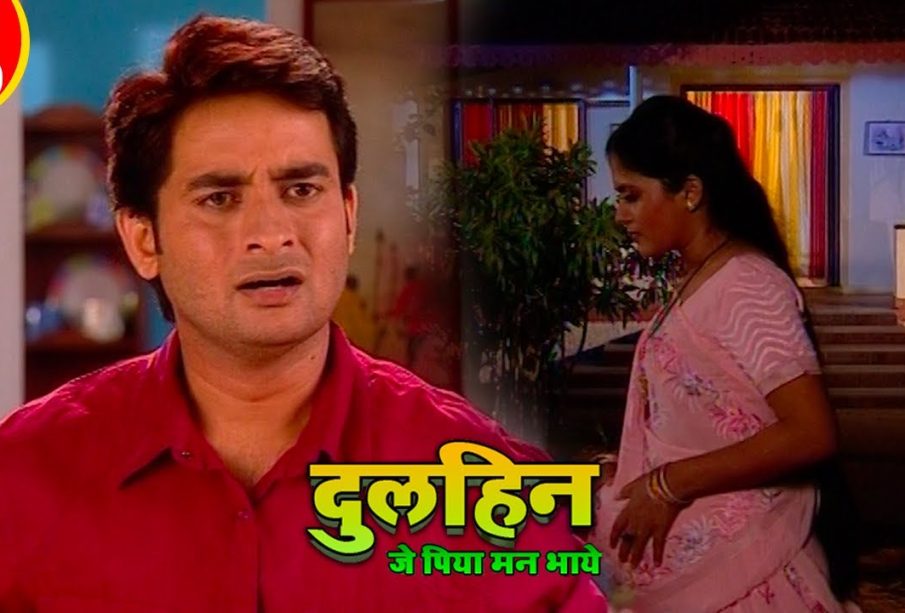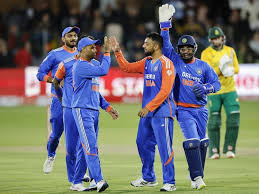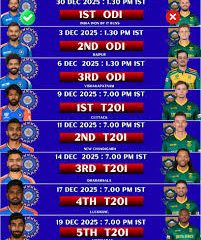The Rise and Impact of Bhojpuri Culture

Introduction
Bhojpuri, a language primarily spoken in the northern regions of India, especially in Bihar and Uttar Pradesh, has been gaining momentum in recent years. Not only is it a means of communication, but it has also emerged as a significant cultural force, influencing music, cinema, and even the socio-political landscape of the country. Its relevance has transcended regional boundaries, reflecting a unique identity and heritage for millions.
The Evolution of Bhojpuri Music
Over the past two decades, Bhojpuri music has seen an unprecedented surge in popularity. The rise of artists such as Manoj Tiwari, Pawan Singh, and Khesari Lal Yadav has propelled Bhojpuri songs into mainstream Indian music. The advent of digital streaming platforms has further amplified the reach of Bhojpuri music, attracting not just native speakers but also a broader audience. According to a report by the Indian Music Industry, Bhojpuri music now constitutes a sizeable portion of the regional music market, contributing extensively to its revenue.
Bhojpuri Cinema’s Growing Influence
Bhojpuri cinema has also carved out a niche for itself over the years. Films like ‘Nirahua Hindustani’ and ‘Bhojpuriya Raja’ have shattered box office records and showcased the potential of Bhojpuri films beyond regional limits. With increasing production values and storytelling that resonates with the audience, there is optimism regarding the growth of Bhojpuri cinema in the Indian film industry landscape. Fan bases are not just limited to India; countries like Mauritius, Suriname, and even among the diaspora worldwide, these films have found a significant audience.
Sociopolitical Significance
The rise of Bhojpuri culture extends into the realm of politics and social identity. Bhojpuri-speaking people are becoming increasingly active in expressing their cultural norms and values, leading to a resurgence in pride for their roots. Political parties like the Janata Dal (United) have capitalized on this sentiment, using Bhojpuri as a tool for engagement during elections. This shift points towards a broader understanding of regional identity in the national discourse.
Conclusion
The Bhojpuri language and culture represent more than just a regional dialect; they signify a vibrant and evolving identity that continues to impact music, cinema, and politics in India. As Bhojpuri gains more prominence, it opens avenues for further exploration and appreciation. The trajectory of Bhojpuri indicates a promising future where it could gain a more substantial foothold in India’s cultural landscape, making it a key area of interest for researchers, artists, and political analysts alike.









